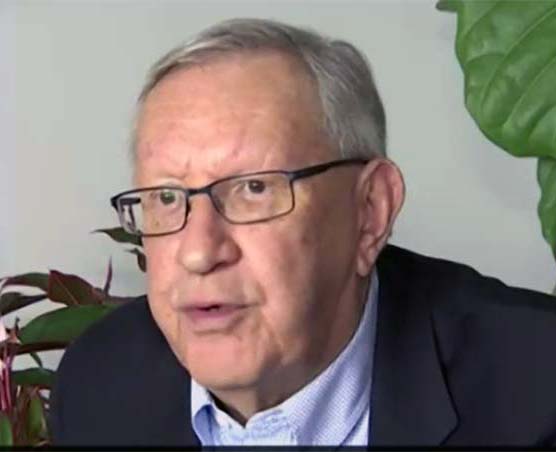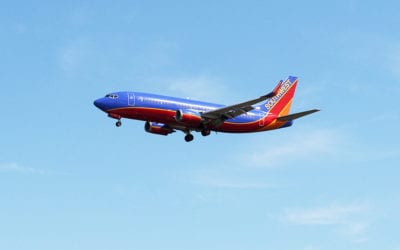This weekend we take a look at laser-guided travel pods in Heathrow, how shiny shirts confuse TSA scanners and Paris tests virtual gate agents. Go figure.
Laser-guided travel pods unveiled at Heathrow
Heathrow Airport in London has introduced laser guided travel pods that will shuttle passengers from the parking areas to the terminals. Anyone who has wrestled with the Heathrow bus system will cheer the arrival of any alternative.
Traveling at speeds up to 40 km/hour, after an average wait of just 34 seconds, the system looks like something straight from a science fiction film.
The pods, which run along tracks and allow passengers to select their destinations, use laser sensors to ferry business passengers and their luggage along a 3.8 km route.
According to ULTra, the company behind the technology, the 30 million pound ($A46 million) development could transport up to 500,000 passengers each year and replace 50,000 shuttle bus journeys.
The British invention, which has been on trial at Heathrow since April, is the culmination of over 60 years of development. First dreamed up in the 1950s, it has now become a working reality under ULTra PRT president and former NASA engineer, Martin Lowson who championed the idea while lecturing at Bristol University in the 1990s.How my shirt flummoxed the TSA
A woman tells about her TSA experience with a shiny shirt. It lead to her being patted down and an amusing anecdote and a jag about TSA confiscating expensive hair products.…something was clearly wrong. Finally, I heard her whisper, “Shiny shirt! Shiny shirt!”
I was, indeed, wearing a very shiny shirt. It was a silver Banana Republic sweater accented with shiny speckles. The agent signaled for me to exit the scanner and pulled me over for further inspection.
The high-tech scanner, bought by TSA at a cost of roughly $150,000, can detect hidden explosives, guns or knives tucked into underwear or ammunition packed into body orifices.
But it cannot, the agent told me, see clearly through a shiny shirt.Paris airport tests ‘virtual’ boarding agents
If you think the human touch has been slowly but surely been removed from the airport experience, you are correct. Now kiosks check in your bags and check you in for flights. Computers take care of most of the other processed before you even get to the airport. But now, Orly airport in Paris, France, has employed computer generated avatars that always smile and don’t take breaks or go on strike to start providing instructions on boarding at the airport.They are actually being rear-projected onto a human shaped silhouette made of plexiglass. Three actual airport boarding agents were filmed in a studio to create the illusion, which the airport hopes will be more eye-catching and easier for passengers to understand than traditional electronic display terminals.
“Bonjour! I invite you to go to your boarding gate. Paris Airports wishes you a bon voyage,” the image appears to say, while the name of the destination flashes in front of him.
Airport authority AdP came up with the idea for what it calls “2-D holograms” earlier this year, when it was brainstorming ways to modernize Hall 40, one of the dozens of boarding gates at Paris’ second airport, south of the capital.Charlie Leocha is the President of Travelers United. He has been working in Washington, DC, for the past 14 years with Congress, the Department of Transportation, and industry stakeholders on travel issues. He was the first consumer representative to the Advisory Committee for Aviation Consumer Protections appointed by the Secretary of Transportation from 2012 through 2018.




